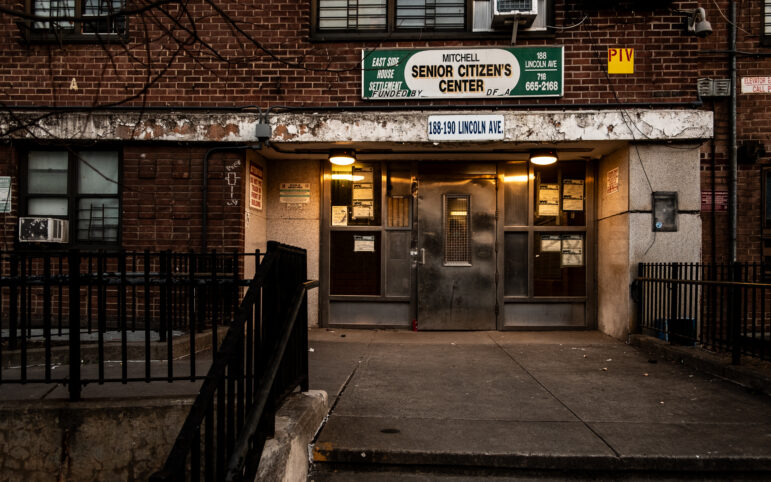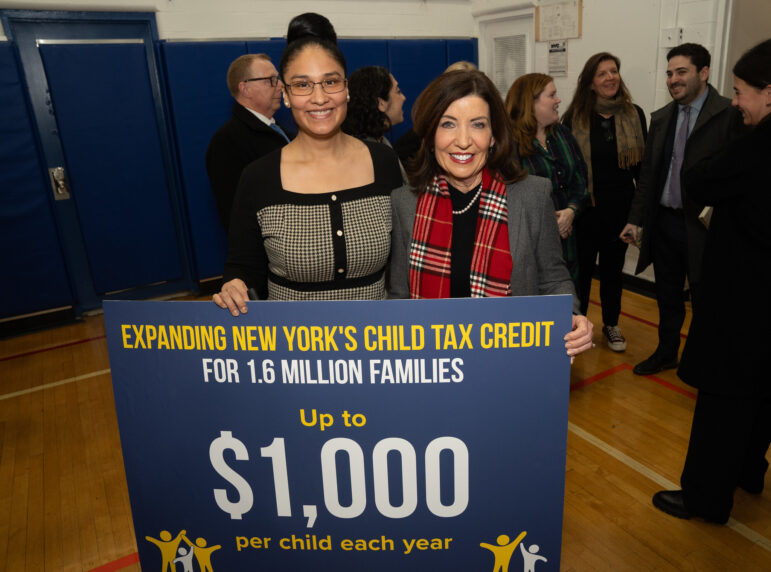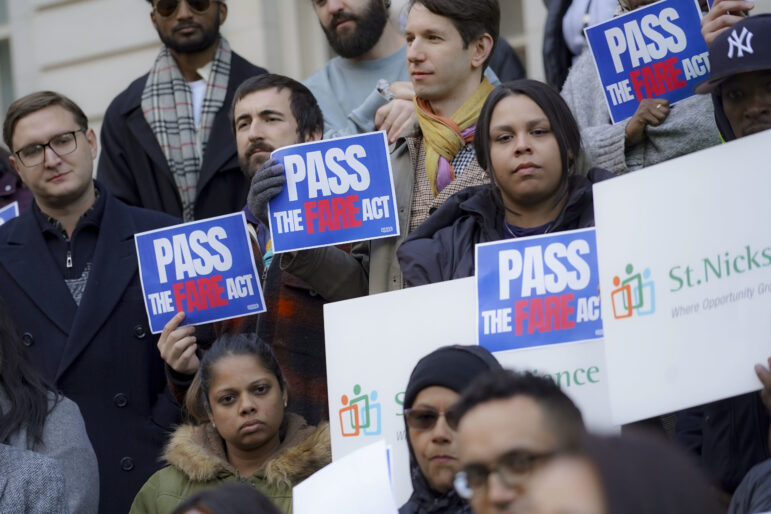Mayor Bloomberg’s affordable housing plan is on pace to reach its goal of 165,000 units by 2013 but may run out of money before it gets there, says a new report by the Independent Budget Office.
Bloomberg launched the New Housing Marketplace Plan in 2003 when he called for 65,000 affordable units. He expanded it in 2006 to promise construction of 92,000 units and the preservation of another 73,000 units. The Department of Housing Preservation and Development (HPD) calls the initiative “the largest municipal affordable housing plan in the nation’s history.”
IBO looked at the first four years of the plan, through fiscal year 2007, which ended in June. Some 64,400 units of affordable housing have been financed so far, putting the city on a pace that “if sustained over the remaining six years of the plan, would achieve the overall goal,” IBO reports.
However, the remaining 101,000 units will be more expensive to complete because they will mostly involve new construction rather than preservation. In the next six years, the city will need to preserve 34,000 units and build 67,000 units. “We find that the city’s ability to accomplish the remaining plan goals for preservation appears fairly solid,” IBO says. “Funding the remaining units to meet the plan’s new construction goals, however, may pose more of a challenge.”
The $7.5 billion for the mayor’s plan comes from several sources, including HPD’s capital budget, funds from the city Housing Development Corporation, and federal tax-exempt bonds. Each funding stream faces challenges. The city’s capital contribution “is sufficient to fund slightly less than half—49 percent—of the units needed to meet new construction targets,” IBO says. Meanwhile, according to the report, HDC has spent much of the money it budgeted for the mayor’s plan and faces a funding gap for the remaining 11,000 units it is supposed to finance. Getting more authority to issue tax-exempt bonds depends on action in Washington, which is no sure bet. And programs like the city’s 421-a provision, which link affordable housing to market-rate construction, depend on the broader housing market. The bottom line, according to the IBO report, is that “a reassessment of the [the plan’s] goals and assumptions may be necessary to help ensure that the plan carefully balances its ambitions with the means available to achieve them.”
In May, City Limits Investigates reported on worries among the city’s affordable housing developers and advocates that rising land and construction costs could threaten the mayor’s plan. IBO’s finding that HPD will fall short is actually based on the optimistic projection that construction costs will be flat over the remainder of the mayor’s plan. If prices rise, as they usually do, the potential shortfall could be exacerbated.
HPD spokesman Neill Coleman says HPD reviews the plan annually “but at the moment we feel like we will be fine for the financing for the 165,000 units,” because the funding programs are flexible.
Organizations that called for the IBO study express more alarm. “We think [HPD has] done well, but we’re concerned that the accomplishments so far were the easiest ones,” says Barbara Zucker, vice president for public policy for the Women’s City Club of New York, an 82-year-old civic organization.
Housing First’s David Muchnick called the report “a wakeup call for greater investment in affordable housing from all levels of government,” and added that while the city might re-examine its capital contribution, “We would like it to be a shared responsibility. The city’s clearly taken a lead in making this go.”








